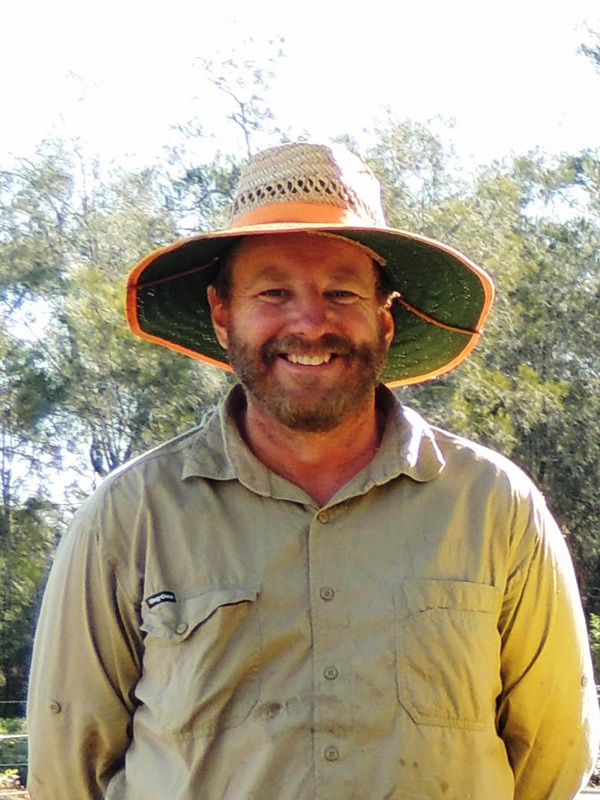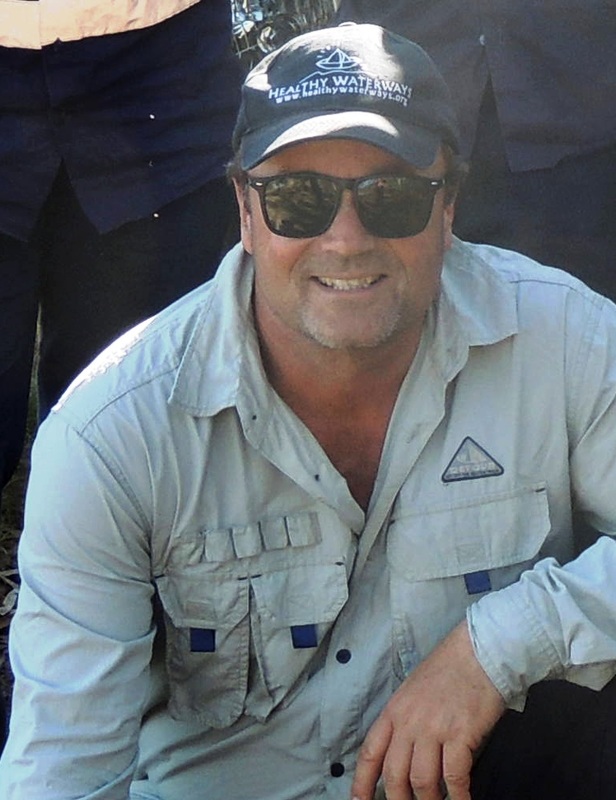Scientific name: Hardenbergia violacea
This is a vine or a scrambling plant with tough wiry stems and is also known as the Purple Coral Pea. Up to 2 metres in length it grows on shrubs and even the base of trees. It can be seen around Hays Inlet in the open woodland areas including Eucalypt forest. It is a widespread species found along the coast from central Queensland all the way around to South Australia and Tasmania.
It has bright violet flowers with a yellow spot on each petal. The leaves are green and leathery and the vine produces seed pods around 5 cm in length (you can see these pods on the photo above). These pods contain 6 to 8 seeds and go brown when mature. Native Sarsaparilla is a legume and is good at fixing nitrogen in soils. The plant copes with fire by regrowing from the root system under the soil. The roots and leaves used to be made up into a tea by early European settlers.
The flowers attract nectar eating insects which are then targeted by insect eating birds including the local Grey Fantail, Noisy Minor and the Willie Wagtail. It is also a host species for a number of butterflies. The Native Sarsaparilla has also been propagated by a number of commercial nurseries for use in local gardens.
This is a vine or a scrambling plant with tough wiry stems and is also known as the Purple Coral Pea. Up to 2 metres in length it grows on shrubs and even the base of trees. It can be seen around Hays Inlet in the open woodland areas including Eucalypt forest. It is a widespread species found along the coast from central Queensland all the way around to South Australia and Tasmania.
It has bright violet flowers with a yellow spot on each petal. The leaves are green and leathery and the vine produces seed pods around 5 cm in length (you can see these pods on the photo above). These pods contain 6 to 8 seeds and go brown when mature. Native Sarsaparilla is a legume and is good at fixing nitrogen in soils. The plant copes with fire by regrowing from the root system under the soil. The roots and leaves used to be made up into a tea by early European settlers.
The flowers attract nectar eating insects which are then targeted by insect eating birds including the local Grey Fantail, Noisy Minor and the Willie Wagtail. It is also a host species for a number of butterflies. The Native Sarsaparilla has also been propagated by a number of commercial nurseries for use in local gardens.



 RSS Feed
RSS Feed
